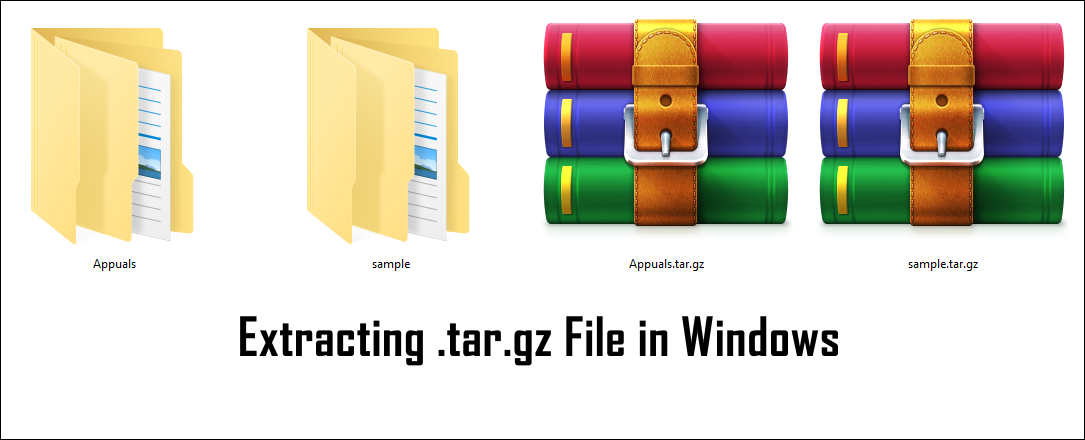
Next, download the latest Nagios Core tarball file from the official downloads page using the wget command as follows.
#Untar command linux tar.gz install
$ sudo dnf install gcc glibc glibc-common gd gd-devel make net-snmp openssl-devel unzip wget gettext autoconf net-snmp-utils postfix automake perl-Net-SNMP -y Before you do so, install EPEL repository and some dependencies and development libraries as shown.

The next step is to download and install Nagios core. $ sudo setenforce 0 Step 4: Download Nagios Core $ sudo sed -i 's/SELINUX=.*/SELINUX=permissive/g' /etc/selinux/config This is crucial for you to access the Nagios web interface from the browser. Then enable php-fpm as shown $ sudo systemctl enable -now php-fpm Step 3: Configure SELinuxīefore you proceed further, ensure that you set SELinux to permissive mode as shown. When the installation is complete, verify that PHP has successfully been installed. Once enabled, install PHP and associated PHP modules $ sudo dnf install php php-gd php-opcache php-curl -y Next, enable the Remi repository as follows $ sudo dnf module reset php -y In order to enable Remi repository, run the beneath command: $ sudo dnf install dnf-utils In this case, we will install PHP 8.2 which is the latest version of PHP. Next, we will install PHP from the Remi repository which provides the latest PHP versions. $ sudo firewall-cmd -add-port=80/tcp -permanent $ httpd -Vīe sure to allow port 80 on the firewall as shown. Once installed, confirm that Apache is installed as shown. Therefore, install Apache and enable it as shown. Therefore, as part of the installation procedure, you need to install Apache web server and PHP. Nagios is PHP-driven and runs on the front end. $ sudo dnf update Step 2: Install Apache and PHP To start off, access your server via SSH and upgrade all the packages to their latest versions.


An instance of Rocky Linux 9 / Alma Linux9 server with SSH access.To get things running, you need to ensure that you have the following in place first.


 0 kommentar(er)
0 kommentar(er)
